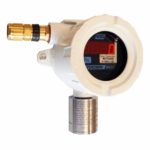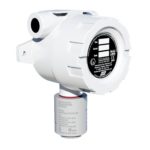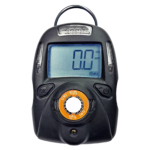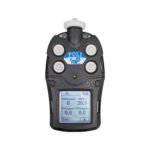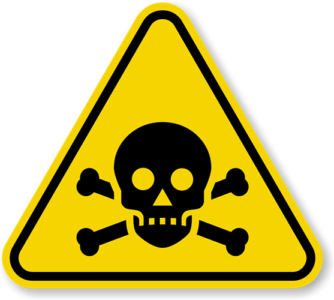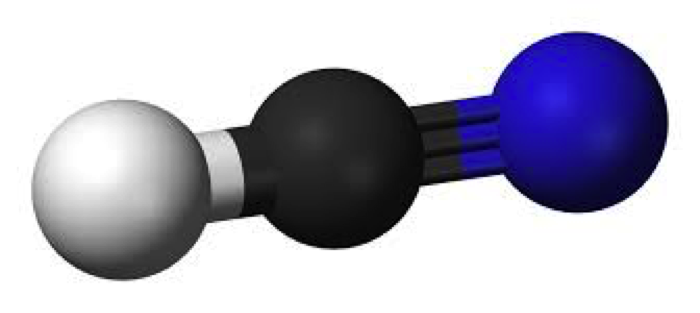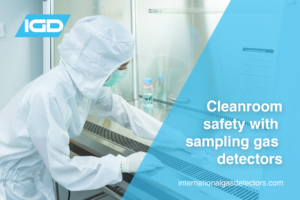Hydrogen Cyanide (HCN) is a colourless gas that smells slightly of almonds. It is extremely poisonous, because it binds irreversibly to the iron atom in haemoglobin, making it unavailable to transport the vital O2 to the body’s cells and tissues. We can provide a range of hydrogen cyanide gas detector solutions to meet your site requirements. From safe area (non-ATEX) to ATEX/IECEx gas detectors. In addition we also provide a range of portable hydrogen cyanide gas detector for personal protection.
HCN is a colourless or light blue liquid or gas. It is extremely flammable with an LEL of 5.6%, although this is far above the toxic level. It has a faint bitter almond odour but it is estimated that 20-40% of people are genetically unable to detect. HCN is also known as prussic acid and hydrocyanic acid.
Uses Of Hydrogen Cyanide (HCN) In Industry:
Hydrogen cyanide is an important industrial chemical and over a million tonnes are produced globally each year. It is used primarily in the manufacture of other chemicals and plastics and also as a fumigant to kill pests. Cyanide compounds are used for metal process including electroplating. Sodium cyanide is produced from HCN and is used to extract gold and silver from ores.
Health Hazards:
Exposure to low concentrations or small amounts may cause headaches, dizziness and nausea. Symptoms usually improve soon after removal from an exposure. At higher concentrations, a rapid loss of consciousness, coma or death may occur. People surviving a serious exposure may have long term effects from damage to the brain.


